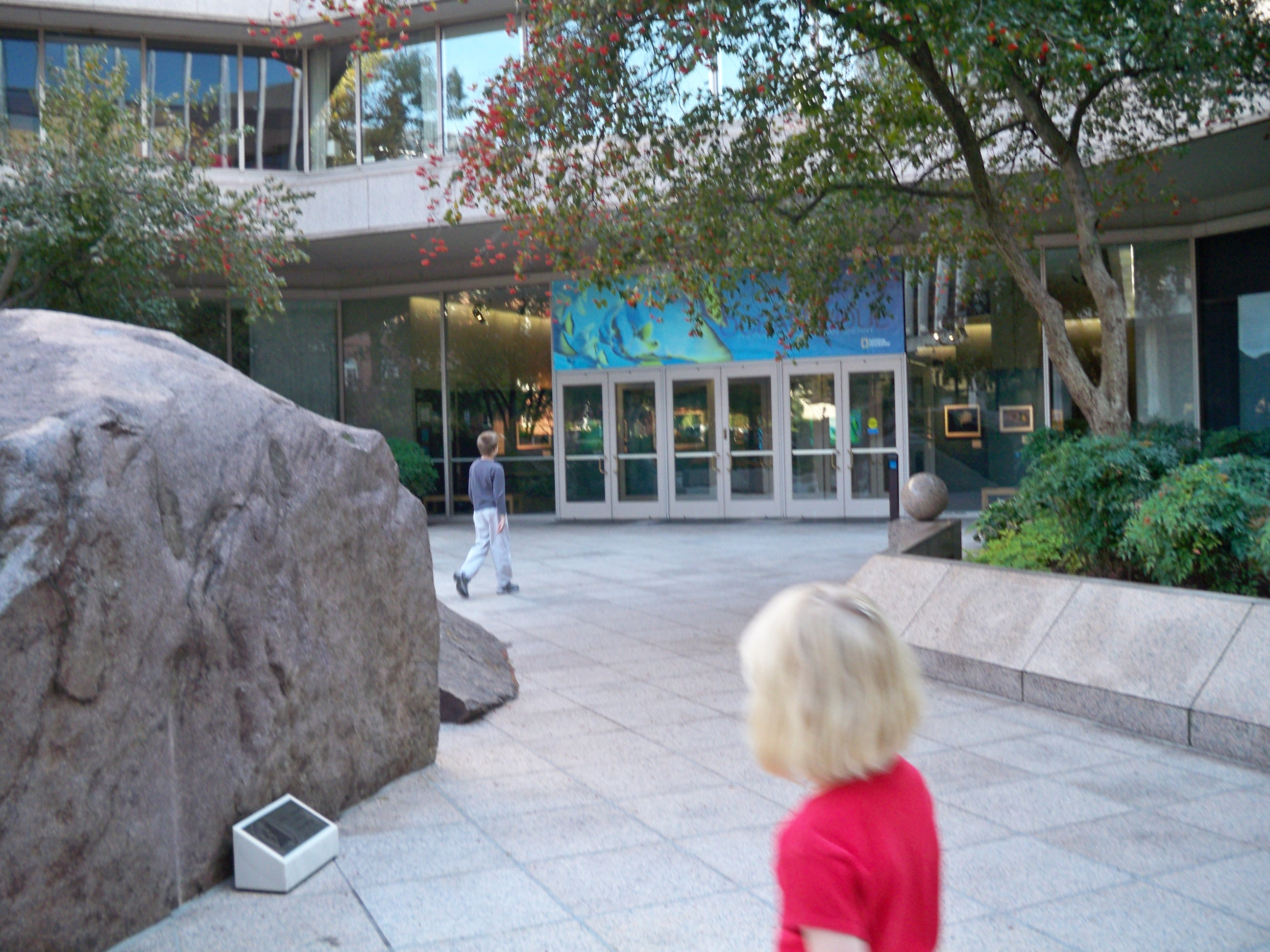When visitors walk into the recently reopened National Geographic Museum, an important message greets them upon entry, “When a wildlife image sparks an emotional connection, it can also become a valuable conversation tool. One that inspires people to protect species and ultimately drives meaningful change.”
The National Geographic Museum, which has been a staple of Downtown D.C. since its establishment in 2007, reopened its doors on February 16th after a two year pandemic-driven hiatus. In an instant, this introductory message makes it clear that the museum is excited to welcome visitors back into its world of exploration, storytelling, and conservation.
With its first new exhibition, “The Greatest Wildlife Photographs”, the museum tells nearly 70 different animal life stories through photography. For more than a century, National Geographic has pioneered wildlife photography—capturing animals in their natural habitat to share with those who might never see such creatures with their own eyes. It is only natural, therefore, that the exhibition’s story starts with its own history in the early 1900s with its first-ever wildlife photograph taken by George Shiras. The simple black-and-white picture of which the exact date of capture is unknown, is one of a white-tailed deer and is followed by more recent photos spanning across decades of National Geographic’s photographic history.
Yet, when looking at the exhibit as a whole, the visitor will come to realize that it is not simply displaying a history of photography, but rather a history of conservation efforts. The photographs hold an immense power to raise awareness for the beautiful species that populate our planet, and the dangers some of them face. While walking through the exhibition, visitors are transported into the colorful world of the animals inhabiting this planet. A golden poison frog from Colombia, Antarctic flying penguins, and an American flamingo lost in the Caribbean each greet the museum’s guests from their respective photographs, immersing the visitors in the vibrancy of their own unique lives.
More than twenty years ago, National Geographic photographer Michael Nichols traveled through Central Africa and landed in Gabon to “tell a story that might make people care about nature.” The story he managed to capture is that of the hippopotamus, an integral part of the African ecosystem that has nevertheless been endangered due to poaching for the illegal ivory trade. One of Nichols’s photographs, that of a hippo body-surfing in the Atlantic Ocean which is now on view at the museum, eventually reached Gabon’s president, Omar Bongo, and resulted in the opening of Loango National Park in 2002. The National Park serves as a safe space for these drifting hippos. Climate change, habitat loss, and a lack of biodiversity are all reasons why wildlife is currently under threat. Many of the animals that are captured in this exhibition’s photos are slowly losing their ability to survive and cope with the dangerous situations created by human beings.
While not every photograph on view has the same persuasive capability to urge people to take immediate action to preserve wildlife as Nichols’s, each helps us to understand the threats that flora and fauna face, and appreciate the richness of the biodiversity that we might lose. According to Jane Goodall, whose words and photographs pop up every now and then across the exhibition, this realization is our first step in the right direction: “Only if we understand, will we care. Only if we care, we will help.”
After exploring wildlife photography, a second more interactive exhibit awaits the museum’s visitors. “Once Upon A Climb” gives visitors a chance to walk in the shoes of those who have dared to climb the world’s tallest mountain—Mount Everest. When stepping into the exhibit, visitors are met with the bite of a colder temperature and the windy sounds of Mount Everest. These small but crucial sensory details mimic the real experience of climbing the 29,045 foot high mountain and serve to immerse the visitor in the story of climbers. Visitors can even view a miniature model of the mountain. Every inch of the impressive exhibition has been carefully curated to convey the physical and mental preparation necessary to take on the challenge of climbing Mount Everest.
Further into the exhibit, an interactive touchscreen illustrates how harmful this climb can be for the human body. By the time a climber gets to the base camp at 17,700 feet, they still have four more bases to go before getting to the top, with air pressure becoming thinner and less viable the further they climb. These intensely strenuous factors all beg the question: is the month-long climb—two weeks to climb to the top, a few moments to take a photo at the summit, and then again two weeks to get down—really worth it?
According to one of the climbers whose voice is heard through the speakers, it definitely is. “We come here for the mountain but return for the people,” he says, referring to a Tibetan ethnic group called Sherpas. The Sherpas have been an integral part of the Mount Everest climbing culture since the journey gained popularity in Western culture in the late 1800s. Without the help of these skilled people who climb the mountains every day, it is practically impossible for tourist climbers to safely get to the top. The extraordinary experience, which is only shared by a small group of people in the world, creates a special bond between the climbers and the Sherpas. The Sherpas’ support and knowledge provide Western climbers with safety and comfort while fighting through one of the most uncomfortable moments in their lives.
These Sherpas are the reason that climbers get to the top, safely down to the base, and ultimately back to their homes. However, not everyone is willing to pay thousands of dollars for the expertise that will ensure their safety. Those who decide to make the climb theirselves, without paying or without the help of Sherpas, often encounter dangerous situations. The exhibition briefly mentions this increase in unprepared climbers, but fails to delve deeper into this phenomenon which can have deadly consequences.
While quite distinct, the two exhibitions on view at the National Geographic Museum seek to reveal the similarities between human beings and the animal world. Both want to enjoy the wonders of the world without being in constant danger. But while we as human beings can rely on each other in times of uncertainty, targeted animals are not able to withstand the effects of the environmental changes created by humans. As visitors exit the museum, mulling over their immersion into the beauty and struggle of the wild, they are forced to consider their own impact and role in protecting what’s left of our planet.
The National Geographic Museum is located at 1145 17th St NW. Regular admission is $15, student admission is $12.






Their latest exhibitions are an absolute thrill ride, taking you on a wild journey through the wonders of wildlife photography and the adrenaline-pumping adventure of climbing Mount Everest! If you’re a true explorer at heart, just look at https://usa.fishermap.org/depth-map/atlantic-ocean/ marine chart of the Atlantic Ocean by your side! Imagine diving into the depths of the Atlantic Ocean armed with this incredible resource – it’s like having a treasure map to uncharted territories and hidden wonders beneath those mesmerizing waves.